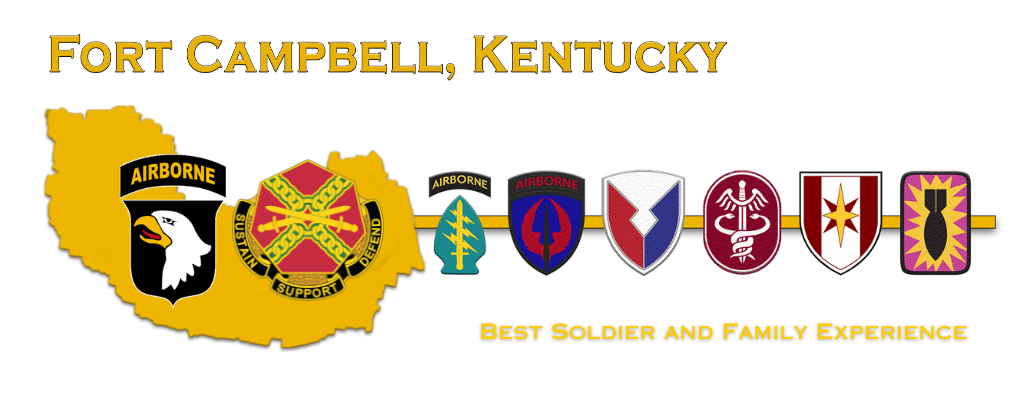 Fort Campbell encompasses approximately 105,000 acres. It is not possible to conduct investigations on about one-third of the installation due to safety concerns. Of the remaining 69,000 acres, only about 10% have yet to be studied.
Fort Campbell encompasses approximately 105,000 acres. It is not possible to conduct investigations on about one-third of the installation due to safety concerns. Of the remaining 69,000 acres, only about 10% have yet to be studied.
Archaeological remains of both precontact and historic occupation dot the Fort Campbell landscape. Historic sites are remnants of the towns and farms that once stood on Fort Campbell prior to its establishment. Examples include cemeteries, foundations of rural buildings, and scatters of broken glass and ceramics. A majority of the recorded archaeological sites are characterized as precontact. These include lithic scatters (stone flaking debris from the manufacture of stone tools), hunting camps, and short term occupation.
Several extant tribes are consulted with in accordance to Federal law regarding impacts to resources and lands they once occupied, as well as the disposition of human remains and relgious activities. These tribes include: Absentee Shawnee of Oklahoma, Cherokee Nation of Oklahoma, Chickasaw Nation of Oklahoma, Coushatta Tribe of Louisiana, Eastern Band of Cherokee Indians, Eastern Shawnee Tribe of Oklahoma, Kialegee Tribal Town, Muscogee Creek Nation of Oklahoma, Porch Band of Creek Indians, Shawnee Tribe, Thlopthlocco Tribal Town, and United Keetowah Band.




